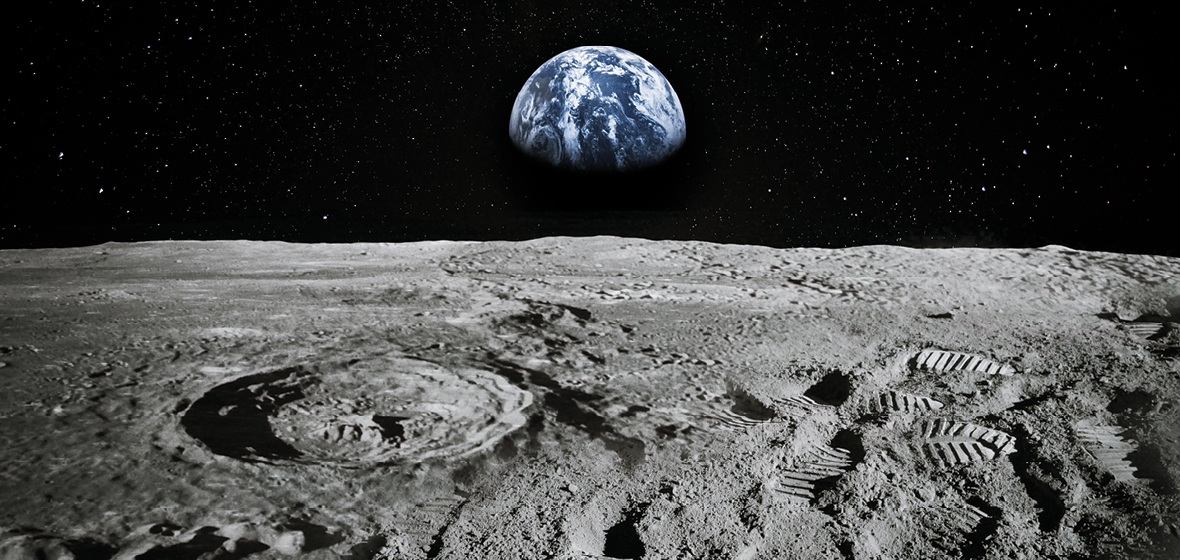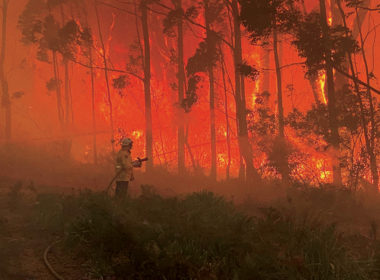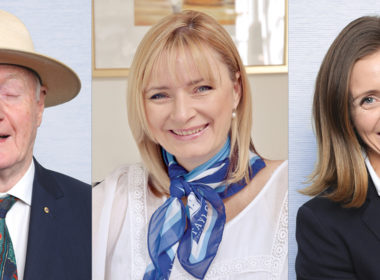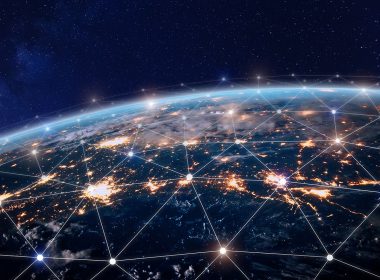It’s been more than 50 years since “one small step”, and a new legal frontier is looming in outer space. But between satellites, space tourism and mining on the moon, can our laws keep up with technology that is moving at rocket speed? We speak with the lawyers driving our journey to the stars – and one who might soon be among them.
Kim Ellis was “a closet space nerd” looking for a new career when a law degree set her on a cosmic trajectory.
The Newcastle scientist sought a change following redundancy, and a career consultant asked her what she would do if she could “choose anything”.
“Completely flippantly, I said a rocket scientist,” Ellis tells LSJ on the phone from the US, where she will shortly begin space training at the Florida Institute of Technology, close to NASA’s Kennedy Space Center.
“I had always been a closet space nerd, but I never told anyone what I was interested in before, because I never imagined there was a career path to space.
“I finished school in 1987 and began work at the Newcastle Steelworks as a trainee. I watched a shuttle launch in the US when I was 21, but I never thought in a million years I could do anything even remotely related to that.”
When Ellis told the career consultant about her space dream, the consultant suggested a law degree as a good generalist option.
“I had been really struggling to find another role I was excited about and had not previously seen the intersection between technology and law,” says Ellis.
“Before I graduated as a lawyer, I got a scholarship to study at the International Space University in France, where they develop space leaders for the future.”
And that is exactly what Ellis now is.
She regularly hosts workshops in collaboration with NASA and teaches space law subjects at Melbourne’s Swinburne University. Next month, her formal space training will begin; far from the sky being the limit, it is only just the beginning.
“The training involves technical aspects like learning to use the space suit and breathing apparatus, I suppose similar in a way to learning scuba diving,” Ellis explains.
“You are taught how to get in and out of space suits and go up in aircraft and learn how to use the equipment in the air. Once you have completed the training, you can apply for missions, to do atmospheric testing. As organisations such as Virgin and Blue Origin bring suborbital vehicles online, graduates will be qualified to apply for missions on those vehicles.
“I keep pinching myself that this is happening. I think one of the most important questions is how can we make sure everyone can continue to have access to space.”
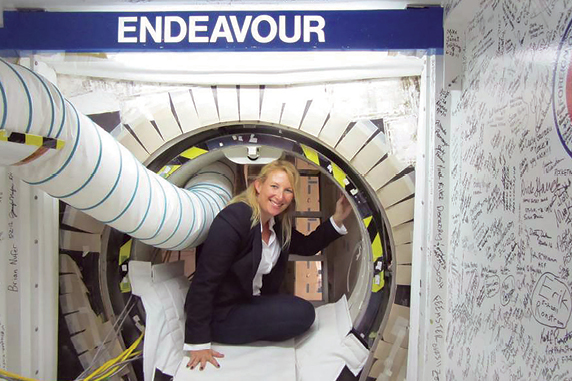
Many of us use space technology dozens of times every day; from GPS in the apps on smartphones to making overseas bank transfers or checking the weather forecast before leaving home.
Depending on which predictions you listen to, within 20 years a space tourist could look out the window of their intergalactic love hotel to observe lunar mining at work, while tens of thousands of satellites – used for a variety of purposes including technology and the military – hover overhead.
With space technology seemingly advancing by the day, is there any possibility that laws can keep in step?
The Space Activities Amendment (Launches and Returns) Act 2018 endeavours to “ensure that a reasonable balance is achieved between the removal of barriers to participation in space activities and the encouragement of innovation and entrepreneurship in the space industry; and the safety of space activities, and the risk of damage to persons or property as a result of space activities”.
Under the Act, there are also provisions for liability for damage caused by space objects or high-power rockets.
Australia has some of the world’s leading space law experts determined to meet the challenge and ensure that regulation of space exploration can adapt to an ever-evolving galaxy, not threaten a world which is just as vulnerable and fragile as Earth.
Steven Freeland, Professor of International Law and Space Law at Western Sydney University, has advised a number of governments on developing their own domestic space legislation, including Australia, New Zealand and Norway.
Previously, people made jokes about studying space law but, Freeland says, “It has now become sexy.”
“It has gone from the extreme to the mainstream,” he tells LSJ.
“There are now highly commercial interests, as well as an ever-complex geopolitical context, including the use of space technology by global militaries.
“It is so multi-faceted, and clearly you need rules of the road. The fundamental principles that guide the way space activities are to be conducted are more important now than they have ever been.”
The end of the space race
The laws of space continue to work under the principles of the Outer Space Treaty of 1967, created after then-US President Lyndon B. Johnson approached the Soviet Union, needing to cut astronomically high space expenditure as his nation’s economy languished in the throes of the Vietnam War. The nations agreed to the treaty, its principle purpose that neither would seek to claim ownership of the moon, regardless of who landed first.
Space exploration was still in its infancy when the treaty was signed; now more than 100 countries are a party to it.
It was a political change of direction for Johnson, who a decade earlier was responsible for the creation of NASA after chairing a sub-committee into the Soviet space program and questioning whether the US was underprepared.
“Control of space means control of the world,” Johnson declared in 1958.
But the Cold War space race between nations has now ceded to a searing competition of commercial interests.
There is Blue Origin, founded by Amazon CEO Jeff Bezos; SpaceX, the brainchild of Elon Musk; and Virgin Galactic, created by Sir Richard Branson, for which some keen passengers have already paid deposits of more than $AU100,000 to nab a seat on board the world’s first “spaceline”.
“As with all technology we can do great things, but it is a matter of priority. With industry, you can applaud what they are trying to achieve as, for example, with global internet coverage. But with the vast majority of these satellites, they will die and stay there for a very long time. That is challenging,” Freeland says.
Ellis says the collaboration between countries party to the Outer Space Treaty – which would have felt incomprehensible during the peak of the space race – is promising.
“When I show my [university] students that level of what actually happens, they are all so surprised there is that degree of discussion among nations; and if we can continue to work in that vein there is great promise,” she says.
Outer Space Treaty (1967)
Provides the basic framework on international space law, including the following principles:
- the exploration and use of outer space shall be carried out for the benefit and in the interests of all countries and shall be the province of all mankind;
- outer space shall be free for exploration and use by all States;
- outer space is not subject to national appropriation by claim of sovereignty, by means of use or occupation, or by any other means;
- States shall not place nuclear weapons or other weapons of mass destruction in orbit or on celestial bodies or station them in outer space in any other manner;
- the Moon and other celestial bodies shall be used exclusively for peaceful purposes;
- astronauts shall be regarded as the envoys of mankind.
Can the law keep in step?
“The principles of the Outer Space Treaty have served us really well … but clearly the technology has continued to progress dramatically,” Freeland tells LSJ.
“The law cannot keep up with technological developments and we cannot expect that it can. Introducing new rules would not be to replace or compromise the existing principles, but to complement them.”
Both Ellis and Freeland agree drafting watertight legislation is only part of the solution. Given the time taken to consult, write and pass a law, it is impossible to work at the same pace as rapid technological developments.
“We sometimes find that we are trying to regulate for the ‘unknown’,” Freeland says.
“You could be asked to draft a space tourism law and do a good job in that, but that law may not then necessarily be appropriate for tomorrow’s world.
“Governments talk about ‘future-proofing’, which is a way of wanting its regulatory framework to be flexible and be able to adapt. What is important is to set responsible behavioural standards and implement international standards. You cannot be unbelievably specific, as things will naturally fall outside of it.”
Ellis says we need to consider how to draft laws “that accommodate the exponential advancements in technology”.
“Some people think the answer is to give more discretion, but others argue discretion means leaving it up to the person, and what if that person does not have the right knowledge? If we can draft something to answer that, we will go a long way.”
Freeland points out that some of the complexity begins with determining where outer space begins.
“We do not have an international consensus on the definition and delimitation of space – that is, where air space might end, and where outer space begins. Yet those two ‘areas’ are subject to completely different legal frameworks. Some countries will say this doesn’t matter, while others believe that this is the most important issue to resolve,” he says.
“International regulation, whether by hard law or soft law, is really important to ensure that people act responsibly, and so we can continue to use space for incredible benefits.”
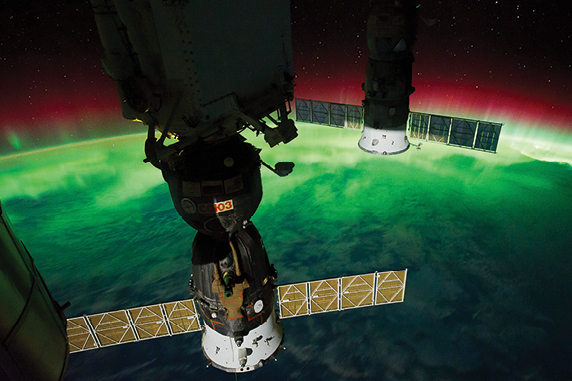
The need for sustainability
Sustainability has become a buzzword in our world, as we seek to reverse the effects of climate change. Space law experts are adamant that we must do all we can to avoid our earthly mistakes.
“It is important to encourage responsible behaviour in space,” Ellis says.
“One of the biggest challenges right now is that there is a finite number of orbits available for satellites and operations, and all of that area is becoming quite congested.
“There is a lot of discussion about what needs to happen at an international level and ensuring safe and equitable access to space in the future. Everyone has a different idea about what that looks like and trying to come to some sort of agreement is really interesting.”
Freeland says the introduction of smaller satellites that can perform some of the tasks traditionally only done by much larger “kombi van”-sized ones makes congestion a critical issue.
“More actors are now in this space,” he says.
“These miniaturised satellites cannot totally replace the larger ones, but they can most certainly add significantly to the range of activities and outcomes that we can achieve from our use of space. In fact, we do not know how far we will be able to go – think of what the development of small mobile phones on Earth has done to our way of life. However, placing significantly more objects in space also comes with its challenges.”
One of these is increased space debris. On the day he speaks with LSJ, Freeland has just seen news about two large, defunct satellites that came within 50 metres of colliding. If that had happened, it would have led to thousands of pieces of debris.
“Space debris is a major challenge,” he says.
“If we are now capable of undertaking say 500 possible types of activity in space, perhaps we only should be doing 300 of them. We need to start prioritising. We need to respect space; it is vulnerable and fragile, and we are not attuned as a world to stopping and considering the best path forward for the sake of humanity.”
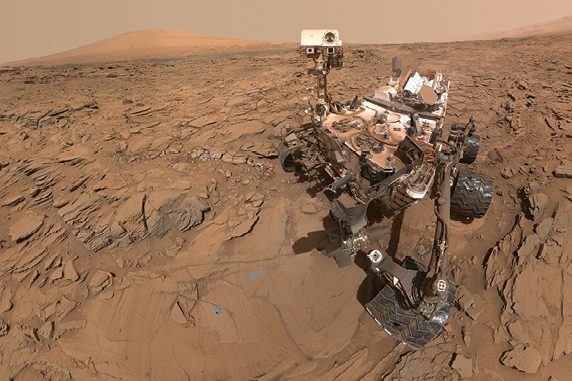
Mining on the moon
As Australian political debate over coal mining continues to burn, specialist insurance lawyer Brendan McCashin, a partner at HFW, tells LSJ that “the clock is ticking” on lunar mining.
“Speculation abounds that lunar mining may begin in less than 10 years – and that space mining could soon be a trillion-dollar industry. Australian companies could have a significant role to play in the development of this industry,” he says.
“The moon has vast natural resources beyond mining ice for fuel. In the longer term, lunar mining could provide valuable metals such as scandium and yttrium, which are increasingly important in the production of advanced electronics. The moon also has the potential to provide Earth with a new clean energy source in the form of helium-3.
“[But] the legal framework governing these potential developments remains undeveloped.”
McCashin explains that under the Outer Space Treaty, the government of the country from which a spacecraft is launched is liable for any damage it causes.
Freeland has been part of the Australian delegation for the International UN Committee on the peaceful use of outer space, which will soon canvass issues like mining, an area he acknowledges is “a highly sensitive and political issue.
“This issue is too big for a small number of countries, let alone companies, to undertake without international consensus. Agreements and understanding based on multilateral discussion and negotiation are the only viable way to regulate any such possible activities in the future”, he says.
The Space Activities Amendment (Launches and Returns) Act 2018 has reduced the mandatory insurance requirements for various types of space activities undertaken by Australian companies.
“Combined with its mining expertise, this reduction could make Australia an attractive base for the world’s first generation of moon miners,” McCashin says.
“The huge risks involved in the new space mining industry mean insurance will be central to its success. Currently, around 30 to 40 insured satellites are launched annually, but this is likely to increase dramatically as companies like Amazon, OneWeb, SpaceX and others launch their satellite constellations.
“It remains to be seen how this industry, and the legal framework governing it, develops over the next decade and beyond.”
As she readies to potentially become an earth gazer in 2020, Ellis says we must remember that “space is a global common and it is a resource for humanity”.
“We need to determine how everyone can benefit from the resource,” she says, “not just the countries and companies that can afford to spend the most.”

